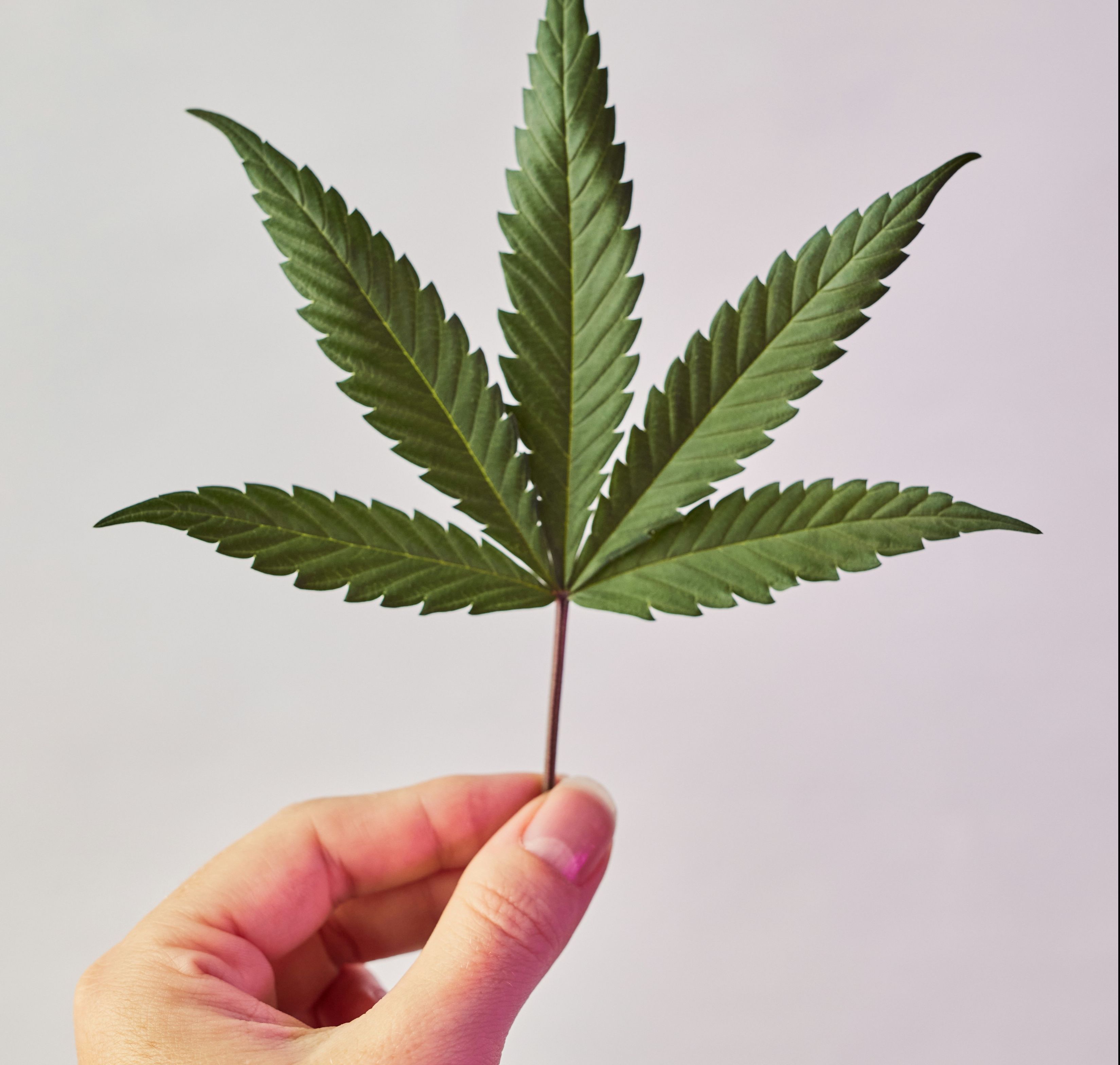After the Bundestag passed the Cannabis Act (CanG) in February, the Bundesrat today refused to call on the Mediation Committee. The controversial law will therefore come into force on April 1.
The law was controversial for various reasons. On the one hand, there are fears that it will not bring the desired relief for the judiciary, as the provision in Section 40 of the CanG on the expungement of entries in the Federal Central Criminal Register relating to previous convictions for illicit handling of cannabis means that a large number of proceedings that have already been concluded will have to be reopened if a corresponding application is made. In addition, the distances for the consumption of cannabis and the permitted possession quantities regulated in the law can hardly be controlled by the regulatory authorities. For example, the consumption of cannabis is prohibited within a radius of 100 meters of schools, children's playgrounds, children's and youth facilities, sports facilities, pedestrian zones (during the day) and cultivation associations, § 5 CanG. It is also unclear what applies in road traffic. Section 24a StVG currently stipulates that driving a motor vehicle under the influence of cannabis is an administrative offense if cannabis can be detected in the blood.
The aim of the law is to combat the illegal street trade in cannabis by creating opportunities to grow and obtain cannabis legally. One would expect that this can only succeed if incentives are created for the legal distribution of cannabis for private consumption, which makes the illegal procurement of cannabis appear unattractive. An important factor here is certainly the economic incentive to operate a cultivation association. Legal cultivation associations must therefore be put in a position to cultivate cannabis in an economically viable way at competitive costs and to dispense it in a controlled manner. Whether this can be achieved with the current law appears questionable. It creates few financial incentives for the operation of a cultivation association. Rather, the hurdles and costs associated with the operation are considerable, while there are hardly any opportunities to generate income.
The operation of a cultivation association requires a license. It is obliged to cultivate cannabis only in closed/fenced premises secured against unauthorized access, which must be a sufficient distance of 200 meters from children's, school and youth facilities as well as children's playgrounds. The cultivation of cannabis must be carried out by the members themselves. The cultivation association is obliged to regularly check the quality of the cultivation material. Extensive labeling and information obligations must be observed, such as weight, variety, harvest date, best-before date, THC content, GBD content, dosage and application instructions or possible interactions. An adequately trained prevention officer must be appointed and a health and youth protection concept must be in place. In addition, there are comprehensive documentation obligations, in particular with regard to customers. Cultivation and dispensing quantities as well as stocks must be reported electronically to the competent authority once a year.
There are hardly any opportunities to generate income. The cannabis cultivated must be sold at cost price and the quantities sold are limited to 25 grams/day and 50 grams/month. It may also only be sold in its raw state. Advertising and sponsoring is prohibited. Profits can only be generated through membership fees, whereby the number of members is limited to 500 people, and membership fees are effectively capped by the fact that the costs of legally obtaining cannabis must remain competitive with illegal street sales.
Would you like to set up a growers' association? We will be happy to support you with regard to the founding of the association, the creation of the necessary health and youth protection concept, compliance with labeling obligations including the formulation of an instruction leaflet and the implementation of documentation and reporting obligations.




